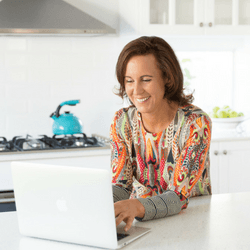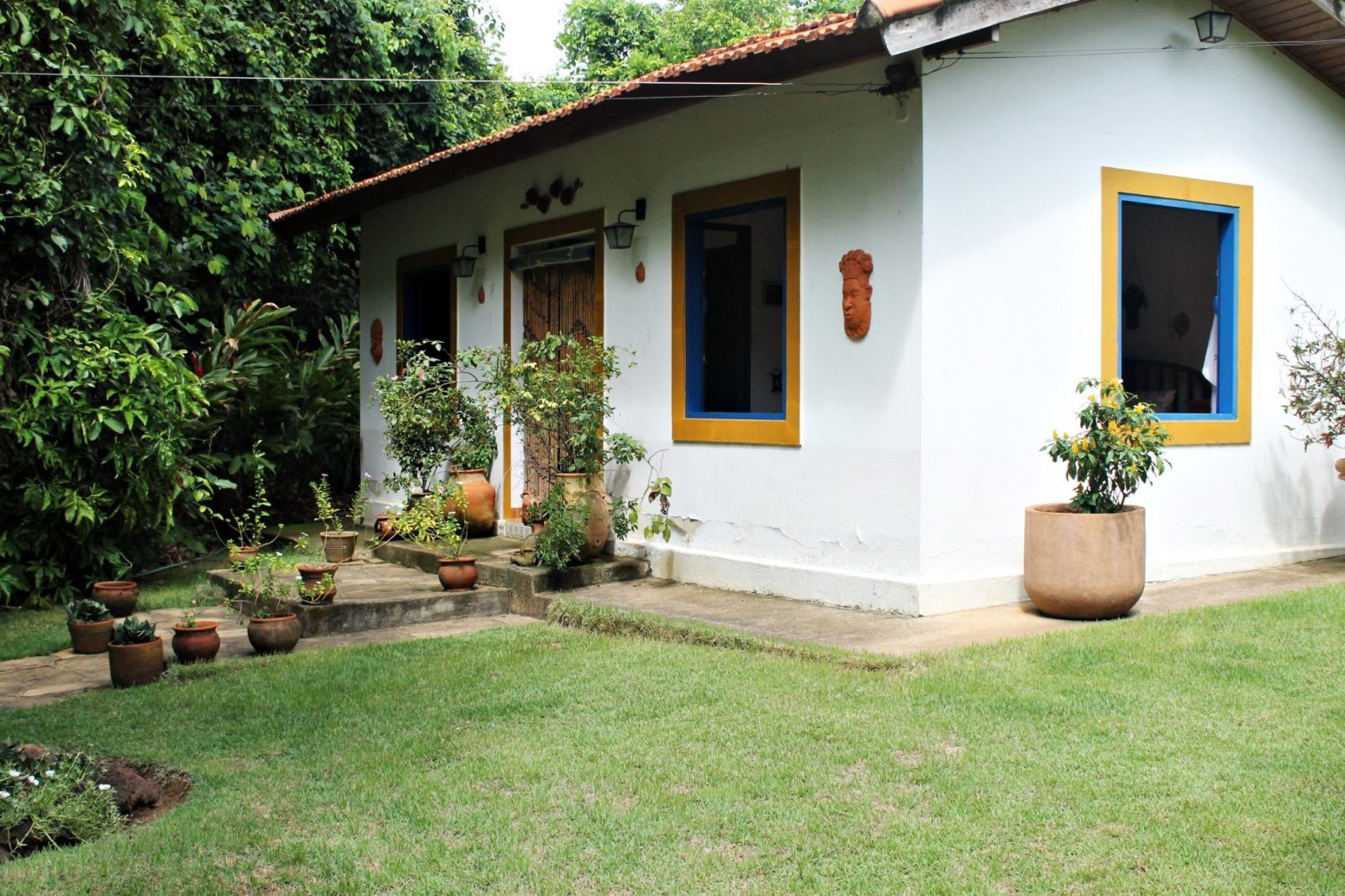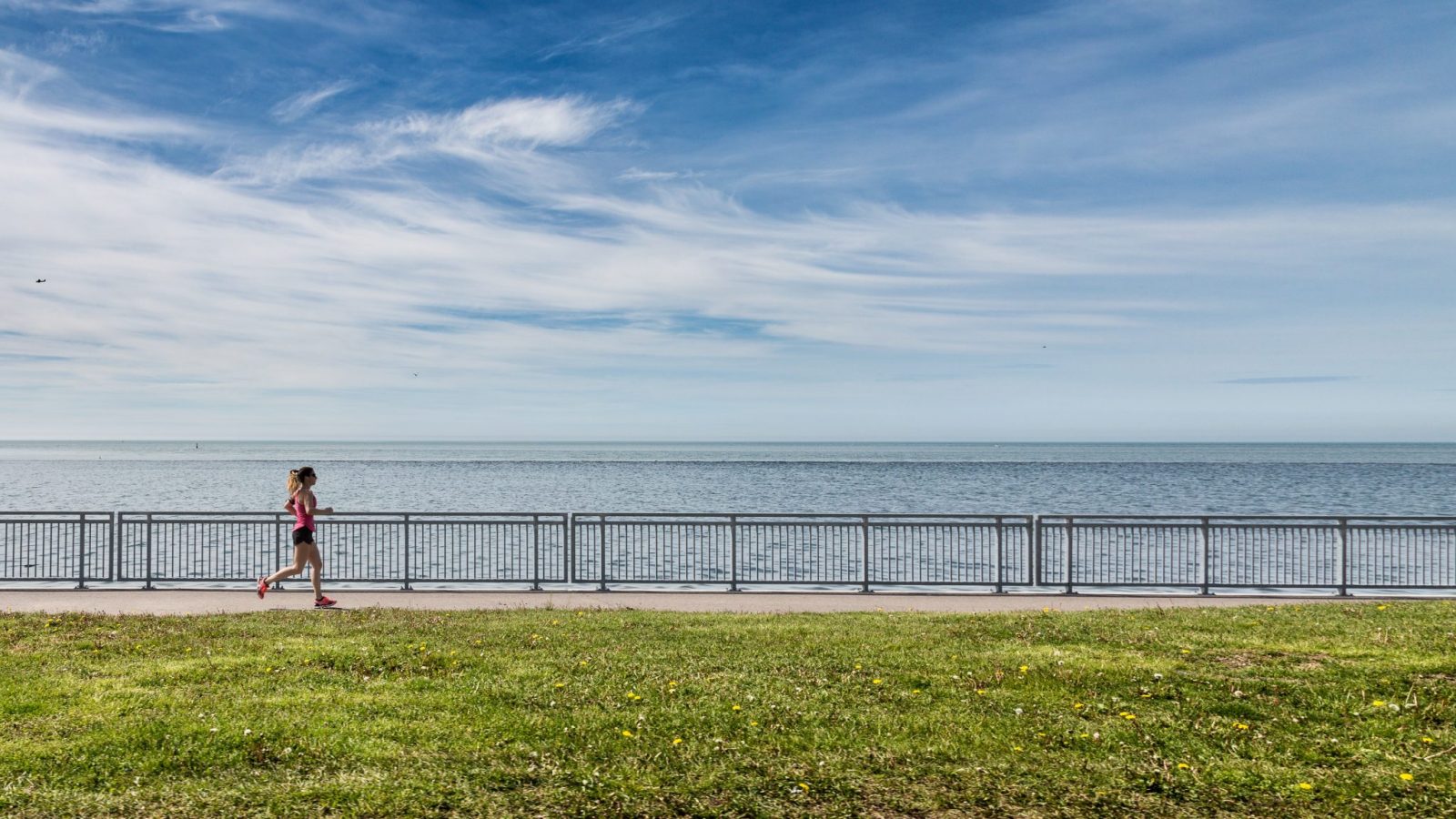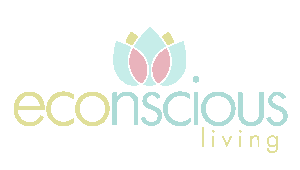Hazards Preventing a Healthy Home
Toxicants in our homes can affect our health and wellbeing, now and for years to come. Find out about common hazards in your home and how to protect your family with a healthy home.
What are the Health Hazards in Your Home?
Thanks to our modern, convenient lifestyles, we spend 90% of our time indoors; in our homes, cars or workplaces.
Most of which are full of wireless communications, artificial blue light, pesticide-laden food, impure drinking water, and chemical-laden cleaning and personal care products.
As a result, our bodies are being attacked daily by environmental stressors.
Environmental toxicants that can prevent a healthy home include:
chemicals
indoor air quality
drinking water quality
EMF and artificial light
allergens
wireless communications
Common Sources of Toxicity in and Around the Home
If you want a truly healthy home, you need to reduce or remove the toxicants in your home. Some are fairly obvious, like chemicals in your cosmetics, while others may come as a surprise.
The most likely toxicants in your home include:
cleaning and laundry products
personal care items and cosmetics
cookware and bakeware
plastics
synthetic fragrances
mattresses and bedding
furniture and bedding
domestic water
heating and cooling systems
The Effects of Toxicants on our Health
Cleaning & Laundry
In Australia, only a tiny percentage of chemicals are tested for health and safety prior to being launched on the market. Furthermore, manufacturers are not obliged to disclose or label the ingredients they use in their products making them hard to assess. Lack of full disclosure is one simple way of working out whether or not you should buy a product. Those that are trying to be green and transparent will tell you the ingredients. Labelling terms such as ‘poisonous, ‘dangerous’ or ‘hazardous’, or a skull and crossbones sign, is a good indication that a product is not good for you or the environment.
Personal Care & Cosmetics
Unlike cleaning products, the ingredients in personal care items at least need to be disclosed, making them easier to investigate. Unfortunately, we can still be easily misled as companies frequently pull the wool over our eyes by labelling products as ‘natural’, ‘organic’ or ‘plant-based’ in a successful effort to make us buy. These terms are completely meaningless and they don’t protect you. Many of the chemicals we put on our skin are playing havoc with our hormonal system and pregnant women and children are especially vulnerable. Aluminium is found in most antiperspirants, lead in lipstick, hormone disruptors in fragrances, and toxic lathering agents in our shampoos.
Synthetic Fragrances
These are slipped into everything these days: not just air fresheners and perfumes but pencil cases, shoes and stickers. The word ‘Fragrance’ or ‘Parfum’ can conceal the presence of hundreds of undisclosed chemicals legally protected as ‘trade secrets’. Unfortunately for us they mostly consist of hormone disruptors (phthalates), which can disrupt our own hormones at the smallest of concentrations and are linked to breast cancer. Again, pregnant women and children are most vulnerable.
Plastics
Plastics are not fantastic. Some of them are safer than others but most of them are manufactured using toxic chemicals which can leach into your food or drinks. These chemicals can include heavy metals including lead and cadmium but also hormone disruptors such as BPA and BPS (Bisphenols). Heating up or freezing your food in plastic speeds up this leaching process. There are many great alternatives that you can gradually replace plastic with.
Cookware & Bakeware
When the low fat craze began in the 1980s non-stick cookware composed from the most slippery material ever made (such as PFOA, PFAS) took off. Unfortunately for us when heated at high temperatures this material gives off many toxic gases including carcinogens. As per the manufacturer’s instructions, birds aren’t supposed to be even in the same room when you are using non-stick cookware so they don’t suffocate from the fumes. Non-stick cookware is widespread: fry pans, saucepans, woks, rice cookers, slow cookers, waffle makers. Again, there are many great alternatives that you can gradually replace non-stick items with.
Furniture
Much of our furniture and upholstery are made from the synthetic material: MDF, particle board and polyurethane foam. Polyurethane is common in furniture and bedding while carpet underlay is derived from petroleum and hence usually laced with toxic fire retardants. Particle boards and MDF release small amounts of formaldehyde into the air. Consequently, wood dust is a common cause of occupational asthma. The chemicals outgas VOCs (Volatile Organic Compounds) into the air we breathe for several months, if not years after we purchase them. Beds, cots, mattresses, sofas, carpets and flooring are just some of the items in your home that may be contributing to poor air quality.
How I Can Help You to Create a Healthy Home
The good news is that there are heaps of simple actions you can take to reduce the chemical load in your home and it doesn’t mean you have to chuck everything in the bin.
In a Healthy Home Review, I take a comprehensive look at the everyday household hazards in your home.
I flag what may be negatively impacting both your health and the environment.
I then help you to eliminate or reduce these hazards and introduce you to well-researched non-toxic, low-risk alternatives.
I will guide you through the logical steps you can take to clear your home of these synthetic chemicals; show you how to read labels and make informed purchasing choices.
Prioritisation of key steps is integral to the Healthy Home Review. I won’t just leave you hanging with a monstrous technical report. I pride myself on my ability to give you practical steps to create your healthy green home.
I will break it all down and guide you through the steps. I will be here for you whenever the need arises. Not just to address technical queries but to listen to your concerns, worries and any overwhelm that might arise. I’ll even give you tips on reigning in that difficult family member! I’ve been there!
My in-home assessments are as interactive as you would like them to be. The feedback I get continually from clients is that they love how practical my approach is and how educational my assessments are.
They love how I take the time to explain the science in non-technical terms and show them notable results as I move through their home.
My personalised videos are also a winner with dubious family members or those who can’t be present at the time of the assessment.
Book a Healthy Home Review
How does it work?
- We have an initial phone consultation to discuss your concerns
- Completion of a brief questionnaire
- Determination of the requirement for water and/or air quality sampling* in consultation with you
- On-site audit to assess possible sources of chemicals and spot check of EMF levels**
- Verbal feedback on the day
- Follow up video and report including a checklist of hazards with a priority rating for action steps and a recommendation for a water filter, dehumidifier or air quality filter if needed
- Follow up phone calls and emails to check-in on progress and any concerns
- You will receive an annual update of my recommended Personal Care and Cleaning Eco-Products Guide
Prices start from $350 depending on location (Perth metro only).
Book your Healthy Home Review

Book your Bedroom/Nursery Assessment

*Water and Air Quality Sampling are not usually necessary and are completely optional. They are additional costs to the standard site visit.
After the on-site Review, you will be able to dramatically reduce the chemicals out-gassing in your home. This is usually sufficient to negate the need for air quality sampling. However, air quality sampling can be extremely useful if mould appears to be a concern, you have health concerns or you will live close to an industrial area. Water quality analysis is not usually necessary for mains water if you are considering buying a water filter(s), but may be useful if you are using rainwater, tank or bore water or have specific health concerns.
Book a Bedroom/Nursery Assessment
How does it work?
- An initial phone consultation to discuss your needs.
- Completion of a brief questionnaire.
- On-site healthy bedroom(s) or nursery review to assess items that may affect sleep: furniture, flooring, window dressings, mattress, baby or personal care products, fragrances, lighting, electronic devices, bedding etc.
- Testing of EMF, humidity and moisture in the bedroom(s) or nursery.
- Recommendation on water filters if needed.
- Verbal feedback on the day and recommended action steps.
- A video and report summarising results, impacts and recommendations.
- The report includes a checklist of areas assessed with easily understandable prioritisation rating.
- Follow up phone calls and emails to check-in on progress and any concerns.
- You will receive an annual update of my recommended Green Personal Care Products Guide.
Prices start from $250 per bedroom depending on location (Perth metro only).
Learn More About Home Hazards

Myth Busting: How Effective Are Air-Purifying Plants?
It’s a common belief that air-purifying plants are an effective way of removing VOCs and toxicants from the air in your home. I’m afraid not, here’s why…

How to Reduce Lead Exposure in Your Home
When we moved into our 1940s home over ten years ago, heavy metals and lead exposure were not on my mind. Why on earth should they have been?...

Looking for a Natural Non-Toxic Deodorant that Works?
I often get asked the question: what non-toxic deodorant do you use and does it work? Deodorant is one of the first items that gets swapped out in...
